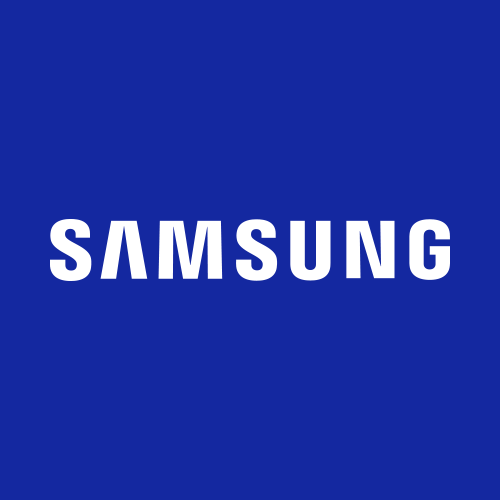Hi all,
I am going to upgrade an ageing PC I have and run it as my day to day PC, but replace Windows with Linux. It's main uses will be Browsing/Streaming and part time gaming.
It's too expensive to buy a new PC, and besides the one I want to upgrade runs fast enough - but I've never replaced parts before and wanted to get advice from people which are the best ones to get. The Motherboard is an MSI Z97.
Primarily I want to replace the SSD and HDD to a single SSD. According the internet, the board has 6 SATA 6gb/s ports, and it seems the best option is a Samsung 870 Evo 1TB - I assume this will fit, but can anyone recommend something with a similar price/performance but with a bit more storage on it? There are also PCI ports on it apparently, are they better to use for an SSD? I don't now the difference to be honest.
The next thing I'd like to do is upgrade the RAM and GPU, but if the costs start going up than it's not essential (the same with the CPU). The Motherboard fits 32GB DDR3 (4x8 slots I think). 32GB might be overkill, so I will aim for 16GB for now - once again, any recommendations for something cheap but effective? I am at a loss as to what will actually fit.
I'll forget about the GPU for now. I don't think there are any left in the world, and I don't think the CPU is worth the time or the money at the moment.
I am assuming that changing these parts is not too difficult!
Thanks for the help,
A
I am going to upgrade an ageing PC I have and run it as my day to day PC, but replace Windows with Linux. It's main uses will be Browsing/Streaming and part time gaming.
It's too expensive to buy a new PC, and besides the one I want to upgrade runs fast enough - but I've never replaced parts before and wanted to get advice from people which are the best ones to get. The Motherboard is an MSI Z97.
Primarily I want to replace the SSD and HDD to a single SSD. According the internet, the board has 6 SATA 6gb/s ports, and it seems the best option is a Samsung 870 Evo 1TB - I assume this will fit, but can anyone recommend something with a similar price/performance but with a bit more storage on it? There are also PCI ports on it apparently, are they better to use for an SSD? I don't now the difference to be honest.
The next thing I'd like to do is upgrade the RAM and GPU, but if the costs start going up than it's not essential (the same with the CPU). The Motherboard fits 32GB DDR3 (4x8 slots I think). 32GB might be overkill, so I will aim for 16GB for now - once again, any recommendations for something cheap but effective? I am at a loss as to what will actually fit.
I'll forget about the GPU for now. I don't think there are any left in the world, and I don't think the CPU is worth the time or the money at the moment.
I am assuming that changing these parts is not too difficult!
Thanks for the help,
A


